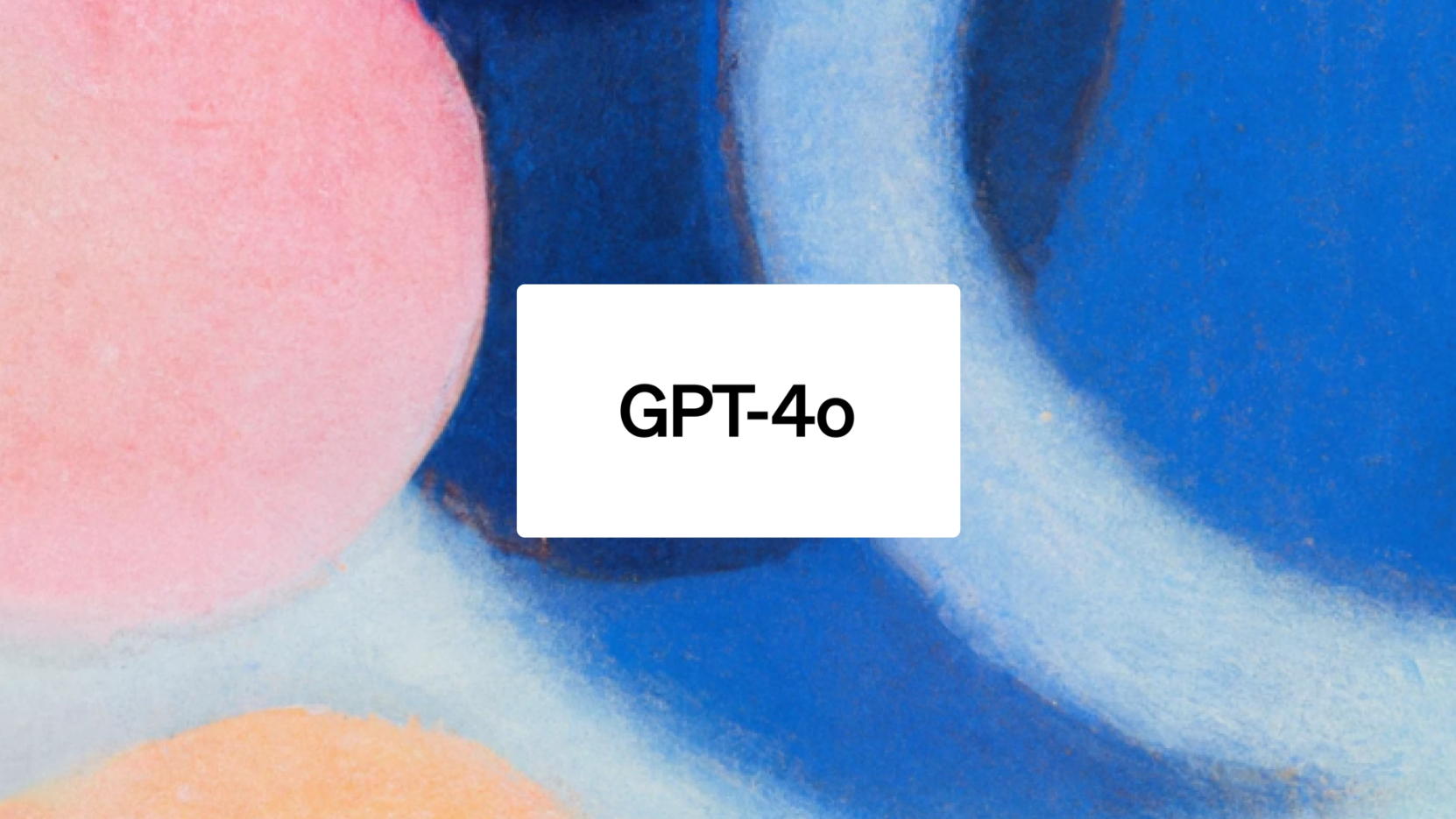In recent years, artificial intelligence (AI) has made significant strides, particularly in the realm of natural language processing (NLP). Among the remarkable advancements is the development of GPT-4o, the latest iteration in the Generative Pre-trained Transformer (GPT) series. This article delves into the intricacies of GPT-4o, its features, applications, and implications for the future of AI.
Evolution of AI Language Models
The journey of AI language models has been characterized by continuous innovation and refinement. From the early stages of rule-based systems to the advent of deep learning, each iteration has pushed the boundaries of what AI can achieve in understanding and generating human-like text. GPT-4o represents the pinnacle of this evolution, leveraging sophisticated algorithms and vast datasets to achieve unprecedented levels of language proficiency.
Features of GPT-4o
Improved Language Understanding
One of the key enhancements in GPT-4o is its ability to comprehend and process complex language structures with greater accuracy. Through extensive training on diverse textual data, GPT-4o has honed its understanding of semantics, syntax, and context, enabling it to generate more coherent and contextually relevant responses.
Enhanced Context Retention
Unlike its predecessors, GPT-4o excels in retaining contextual information over longer passages of text. This improved memory capacity allows the model to maintain coherence and consistency in its responses, even when presented with lengthy or multifaceted input.
Advanced Inference Capabilities
GPT-4o exhibits advanced inferential reasoning abilities, enabling it to make more nuanced predictions and deductions based on given information. By analyzing patterns and associations within text, the model can infer implicit meaning, anticipate user intent, and generate more contextually appropriate responses.
Applications of GPT-4o
The versatility of GPT-4o opens up a myriad of applications across various domains:
Content Generation
GPT-4o can be employed to automate the creation of diverse content, including articles, product descriptions, and marketing copy. Its ability to generate human-like text makes it a valuable tool for streamlining content production processes and scaling up content marketing efforts.
Personal Assistants
GPT-4o can serve as the backbone of intelligent virtual assistants, providing users with conversational interfaces for performing tasks, answering queries, and accessing information. Its natural language understanding capabilities make interactions more intuitive and personalized.
Language Translation
GPT-4o’s proficiency in multiple languages makes it well-suited for machine translation tasks. By leveraging its multilingual capabilities and contextual understanding, the model can deliver more accurate and contextually relevant translations across different language pairs.
Comparison with Previous Models
Compared to earlier versions, GPT-4o boasts superior performance in terms of language comprehension, context retention, and inference capabilities. Its enhanced architecture and training methodologies have significantly raised the bar for AI language models, setting new standards for natural language processing tasks.
Potential Challenges and Limitations
While GPT-4o represents a leap forward in AI technology, it is not without its challenges and limitations. Concerns regarding ethical use, bias mitigation, and data privacy remain pertinent, requiring careful consideration and ongoing research to address.
GPT-4o stands as a testament to the remarkable progress made in the field of AI language models. With its advanced capabilities and diverse applications, it promises to revolutionize how we interact with and utilize language-based technologies. As we continue to harness the power of AI for societal benefit, it is essential to approach its development and deployment responsibly, ensuring that the benefits are equitably distributed and the risks are mitigated.

THE NAIS IS OFFICIAL EDITOR ON NAIS NEWS

